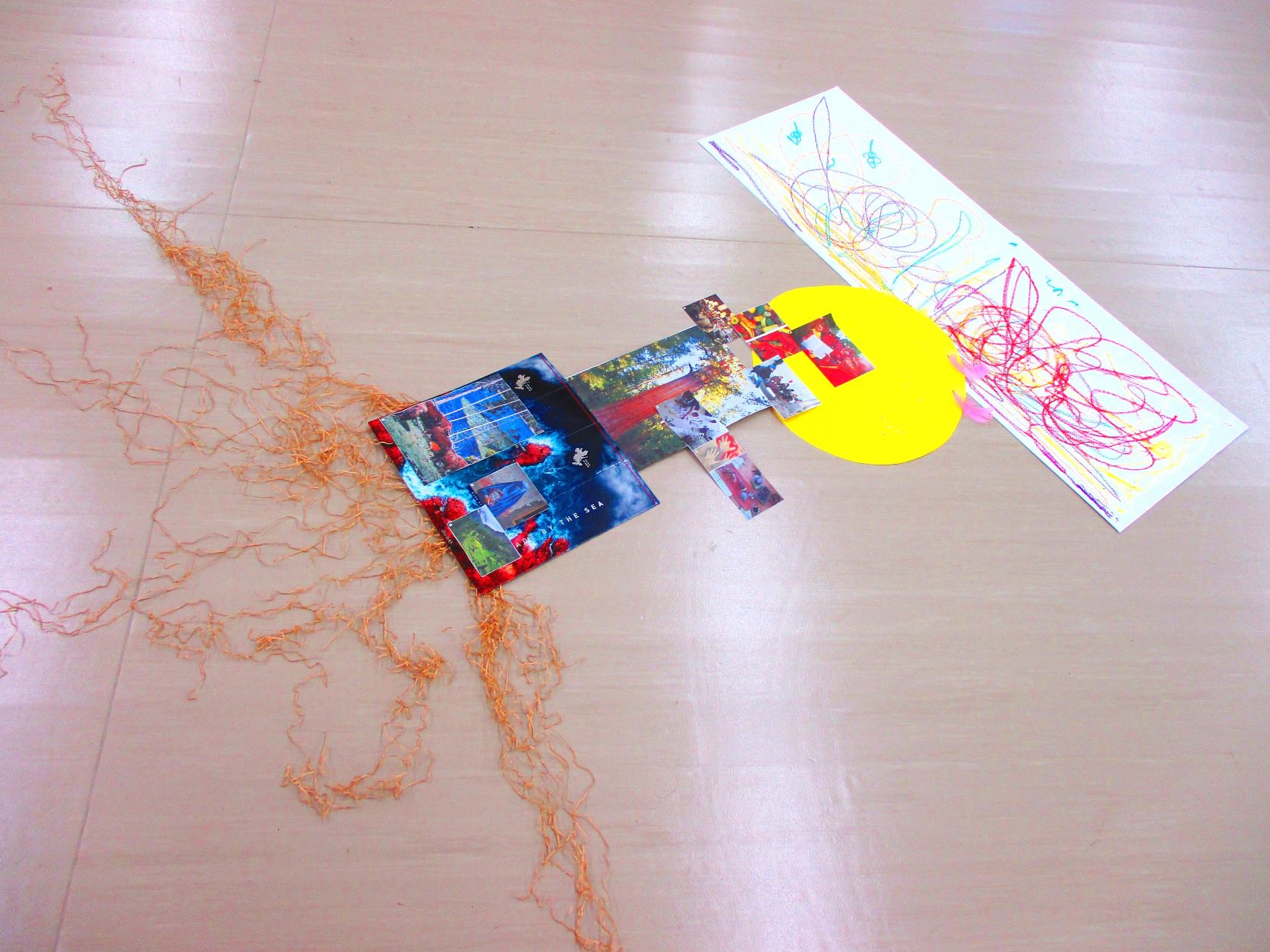自分を観つめると 常にひとが出てくる
つながりが 自分を肥やしている
そして そんなつながりをまた 求めている
When I feel myself deep, always, many faces pop:
some inspirations in the past
and some encounters in the future.
ひとりぼっちになる自由ではなく
社会性のある「ひと」らしく 自分が生きる自由を♡
Be free not to be alone,
but to live yourself as a “human”
who belongs to society♡
「自由」って言葉は難しい
西洋的な「自由」は 束縛からの解放だ
だけど「自由」には 別の(仏教からの)解釈もある
自分由来で生きることだ
The word “freedom” is ambiguous.
Western “freedom” is to get rid of stressful bonds.
Additionally, there is another interpretation (based on the Buddhism):
to stay as you are in any circumstances.
人間は 生まれたときから 社会を要する
誰かの「保護」がなければ 赤ちゃんは育たない
その一種の「束縛(帰属)」があるから 安定する
ただし そこで自らの良心に従う
「自由」があるのだ
We humans need society since the birth.
Our baby only grows in somebody’s “protection”.
That “bond (affective home)” secures the life.
Yet, it has “freedom”
to follow its own virtue.
親の言いなりになる 義務はない
ただ 親からの独立は 親子の縁を切ることではない
親から 完全に解放されることはないだろう
We have no duty to obey the parents.
Nevertheless, the ties lie still even after flying the nest.
We never get completely free from them.
それでもそこで どう生きるか
どう「自分の良心」を貫いていくか
問われるのはそこだ
Then, how do you live?
How can you keep “your will (virtue)”?
This is the matter.
それは家族外でも 同じことだ
It’s also the same outside of family.
ただ「束縛」をうらめしく想うのは どうだろうか?
自分をちゃんと理解してくれる場所(ひと)に 戻ったとき
たとえば 海外旅行から日本(母国)に着いたときの
あのホッとする感覚は ホンモノだ♡
So, what’s the point to dislike all the “bonds”?
The relief back in a secure place that accepts you indeed
like one’s home country after a trip overseas is
undoubtfully true♡
「束縛」が悪いわけじゃない
ひとは 「束縛」のなかで生きている
いや 自然そのものが「束縛」と言えるかもしれない
大事なのは その外ではなく
その中で!! どう生きるか
All “bonds” are not bad.
We, and probably the entire nature, stand in “bonds”.
Here, the essential question is
how you live in the bonds!!, not away.
今いちど 「自由」について考えてほしい
Please think again carefully about “freedom”.
小林よしのり「ゴーマニズム宣言 平成29年天皇論」を読んで
After reading an essay on “TENNO” by Yoshinori Kobayashi
